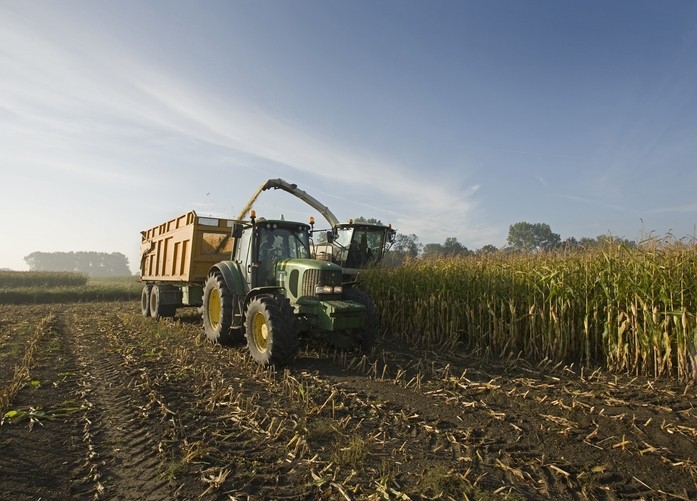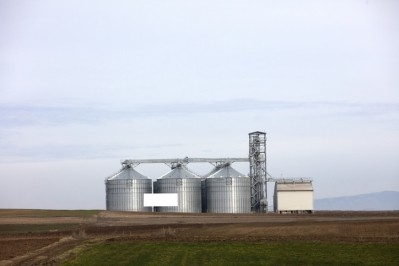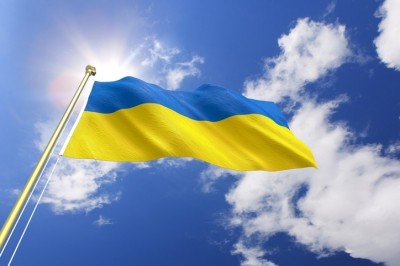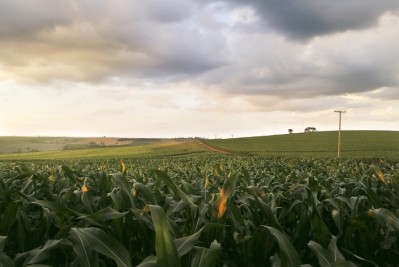Implications of Ukraine war for corn markets is significant

“With corn a spring planted crop, the impact on planted area will be determined by the duration of the war, but a severe cut to production at this stage is looking increasingly likely,” said CRM Agri in a grain and oilseeds market outlook.
The loss of exportable surplus in Ukraine for both old and new crop will have a knock-on reduction in corn and feed availability, they noted.
Prices will need to rise to compensate for the losses and demand increases for US and South America in particular, not only will this support feed grains, but will also likely drive increased consumption of wheat and barley into animal feed rations, further tightening stocks, commented the analysts.
"On a global scale, a hypothetical 50% loss in Ukrainian corn production could still be compensated for by good production in Brazil, and a strong planting campaign in the US while the impact of high fertiliser prices and China corn demand are going to be highly influential to next season pricing."
Meanwhile, CRM Agri expects wheat to continue to trade at historically large premiums to the corn market next season.
Soy, rapeseed
Turning to the oilseeds market, and, from a US perspective, amid what has been a fast pace of export sales, the UK-based analysts said they continue to believe that the USDA is underestimating full season soybean exports
“Stock levels were revised down from 8.8Mt to 7.7Mt, but with the export pace continuing to show no sign of slowing, ending stock estimates will need to be further downwardly revised, and we remain bullish toward soybeans. With reduced production estimates for South America, but also forecast high demand, the price of meal exports out of Brazil and Argentina will likely move to a larger premium over US and Chicago soymeal markets.”
The war in Ukraine presents a major risk to global rapeseed supplies in 2022/23, they added. There is also the potential for a shortfall in supply of sunflower meal from Ukraine, causing a huge degree of concern for EU consumers as well.
“For EU animal feed, nearly 50% of meal supplies are derived from soymeal, the remaining 50% is predominantly split between rapeseed meal and sunflower meal (20.2Mt in 2020/21). However, with the EU in deficit for both rapeseed and sunflowers, a combined 6.4Mt of sunflower and rapeseed meal imports are required, predominantly from Ukraine.
“Overall, unless the conflict in Ukraine is resolved before spring planting of sunflowers, then there is long term strong support for rapeseed prices into 2022/23.”










